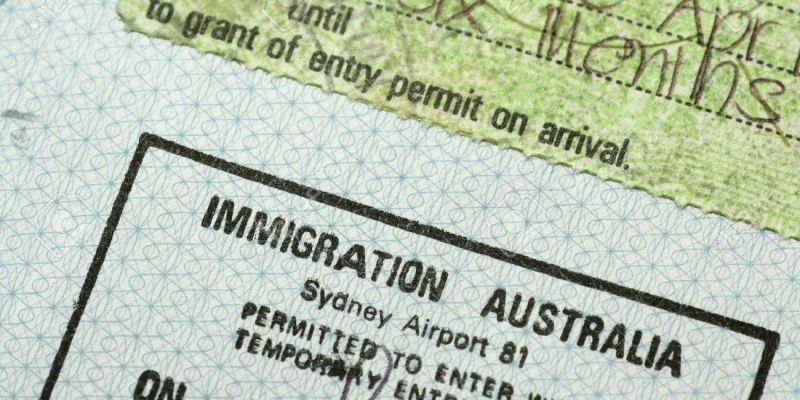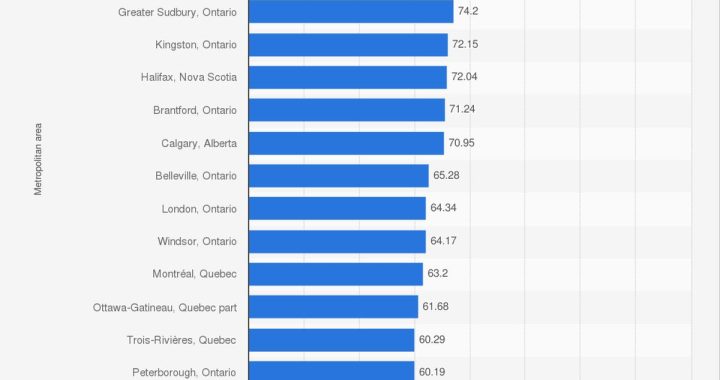Some basic but important differences between SOL and CSOL for Australian PR Visa which you cannot miss out

differences between SOL and CSOL for Australian PR Visa
Understanding differences between SOL and CSOL for Australian PR Visa
If you’ve attempting to apply for an Australian PR visa, you’re well aware of their point-based ranking system. You may have also come across these two terms in particular, SOL and CSOL if you’re planning to work in Australia. SOL stands for Skilled Occupation List, and CSOL stands for Consolidated Sponsored Occupation List. SOL and CSOL are both subclasses in the point-based immigration system of Australia. Therefore, understanding Differences between SOL and CSOL for Australian PR Visa becomes essential to make right choice

While you can get Permanent Residency visa in Australia by qualifying for either of the lists, here are the distinct features of SOL and CSOL. to understand Differences between SOL and CSOL for Australian PR Visa
- Skillset
Skilled Occupation List or SOL contains occupations or job roles that are in demand in Australia. These job roles are termed highly skillful by Australia and people pertaining to these skill-sets are readily welcome in Australia.
On the other hand, the Consolidated Sponsored Occupation list contains occupations that need a sponsorship or nomination from the state government. These occupations are termed important by their respective territories based on their natural conditions, population-specific skill requirements and other such factors.
- Sponsored vs Non-sponsored visa application
If you wish to apply for a non-sponsored Australian PR visa, you need to nominate an occupation from the SOL,
whereas if you want to apply for a territory or state sponsored PR visa, you need to nominate an occupation from the CSOL list.
- Number of Occupations
SOL comprises of 150+ occupations, whereas CSOL comprises of 5000+ occupations.
- Constraints of SOL and CSOL
SOL is a skilled independent visa, which means you can live and work anywhere in Australia. There are no constraints if you’re applying via SOL.
CSOL on the other hand, is a state or territory based sponsorship which restricts you to a specific territory in Australia. You are expected to stay in the nominating state for a minimum 2 years.
- Addition of points
Applying for SOL does not get you any addition in your skill ranking. Once you are nominated for the CSOL, you get a 5-point addition in the point based skill ranking, and you can get an instant invitation to apply for your visa.
- Subclass Category
SOL applications come under the subclass 189, whereas CSOL applications come under subclass 190. Other sub-classes that come under CSOL are 186, 402, 457, and 489
- Application process
The application for an independent visa or SOL, comprises of the following three steps:
- Skill Assessment
- Expression of Interest
- DIBP Visa Application
However, the application for a sponsored state visa has an additional step along with the three mentioned above. Here are the steps for the CSOL application
- Skill Assessment
- Expression of Interest
- State Sponsorship Application
- DIBP Visa Application
There isn’t a huge Differences between SOL and CSOL for Australian PR Visa, however there are some vital points that need to be taken into consideration. Depending on your expectations and qualifications you may apply via the SOL or CSOL, whichever one suits you the best. So, there you go, these are the key differences between SOL and CSOL.
Related Read- Five Easy and Fast Options to Immigrate to Australia

 Canada Removes Points for Prearranged Job Offers in Express Entry: What It Means for Immigration Applicants
Canada Removes Points for Prearranged Job Offers in Express Entry: What It Means for Immigration Applicants  Express Entry Updates for 2025: What Immigrants Need to Know
Express Entry Updates for 2025: What Immigrants Need to Know  Navigating Challenges: Canadian Cities, with High Crime Rate, moderate Job Opportunities, Where Immigrants May Struggle to Settle
Navigating Challenges: Canadian Cities, with High Crime Rate, moderate Job Opportunities, Where Immigrants May Struggle to Settle  The Shadowy Trade: Understanding Canadian “Coyotes” for Immigration and Protecting Yourself
The Shadowy Trade: Understanding Canadian “Coyotes” for Immigration and Protecting Yourself  Now Canada Can cancel the Travel Visa or Study Permit issued- What You Need to Know About Visa, Work, and Study Permit Cancellations
Now Canada Can cancel the Travel Visa or Study Permit issued- What You Need to Know About Visa, Work, and Study Permit Cancellations  ICE Deportations at Immigration Hearings: Truth, Risks & Legal Remedies
ICE Deportations at Immigration Hearings: Truth, Risks & Legal Remedies  What happens if the marriage ends before the conditional green card is granted to spouse
What happens if the marriage ends before the conditional green card is granted to spouse  Marriage Visa to the USA: Your Ultimate Guide to Love, Law, and a Green Card!
Marriage Visa to the USA: Your Ultimate Guide to Love, Law, and a Green Card!